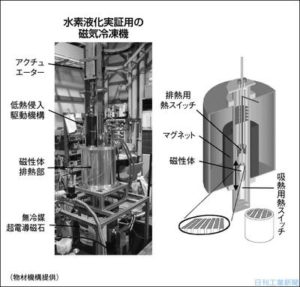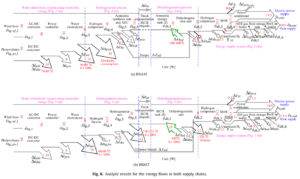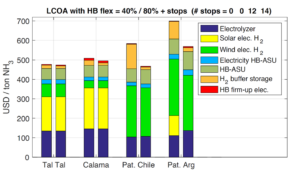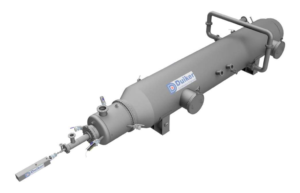Advances Reported for MCH and LH2
Two recent announcements show that the race is still very much on among the energy carriers that until recently were a focus of the Japanese Cabinet Office’s Cross-Ministerial Strategic Innovation Promotion Program (SIP). During its five-year career, the SIP Energy Carriers initiative promoted the development of liquid hydrogen (LH2), liquid organic hydrides (LOH), and ammonia as technologies that could animate a hydrogen supply chain spanning continents and oceans. The announcements regarding LH2 and methyl cyclohexane (MCH -- the main Energy Carriers focus in the LOH area) show that the conclusion of the Energy Carriers work at the end March does not mean the conclusion of work on these two rivals to ammonia energy.









